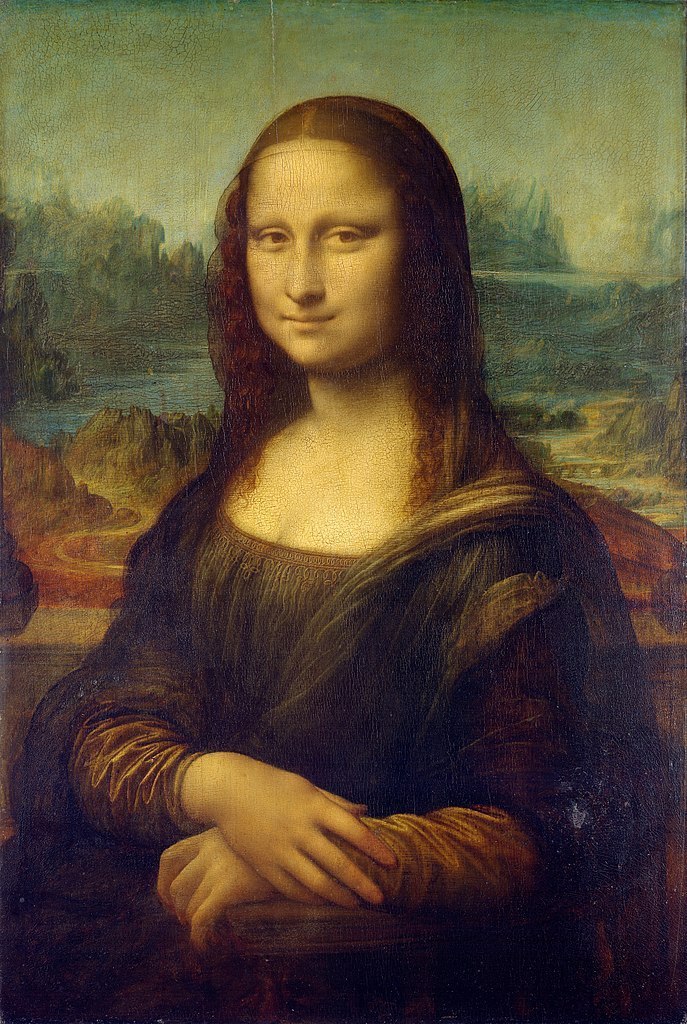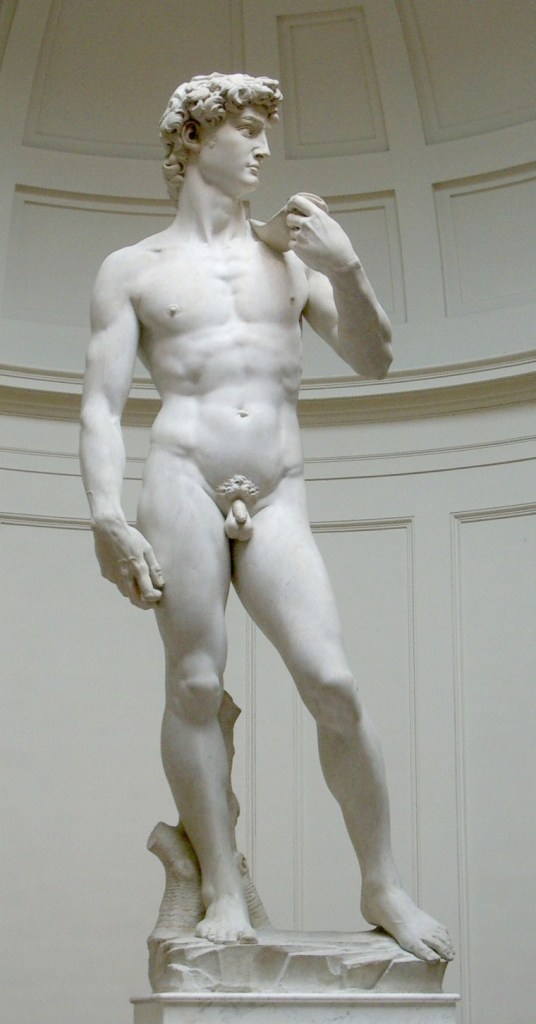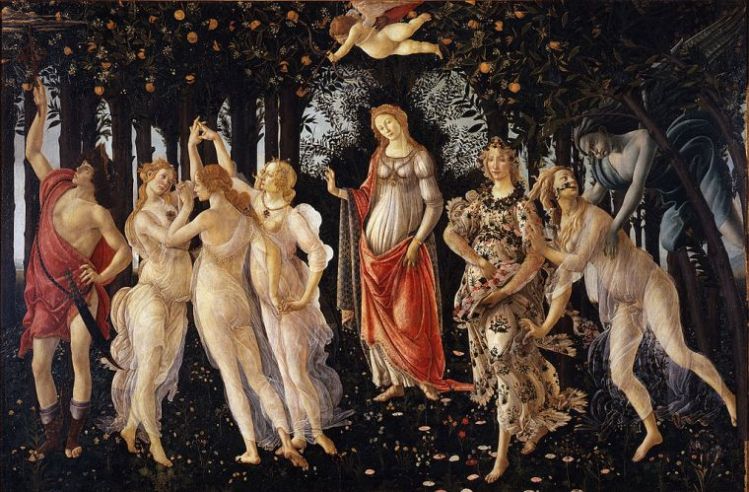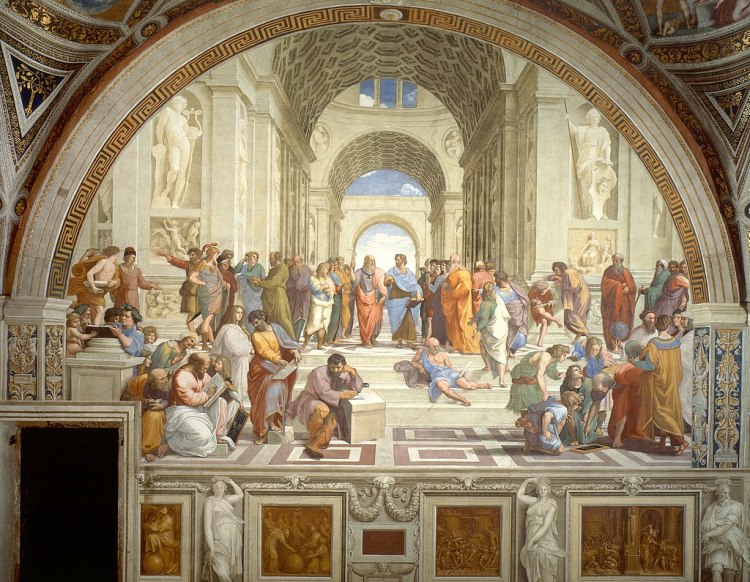Leonardo da Vinci, Michelangelo, Raphael: in two minutes I will tell you about the artistic movement that made Florence the art capital of the world.
What is the Renaissance?
1.The Renaissance is an artistic, literary and philosophical movement, born in Italy and in particular, in Florence in the fifteenth century.
In addition to Italy, the Renaissance in the 16th century spread to the rest of Europe, especially to the Netherlands and to Belgium. Many historians consider the Renaissance the transition period between the Middle Ages and the Modern Age.
2.The Renaissance has its roots in humanism, deepening some of its key themes, in particular the rediscovery and appreciation of the Greek and Roman classics and the affirmation of man as the architect of his own destiny (“Homo faber ipsius fortunae” – “Man is the architect of his own fate.”)
The term “Renaissance” itself highlights the rebirth of the arts, literature and philosophy after the “dark years” of the Middle Ages. However, this is a definition that does not do justice to the precious legacy that the medieval world had left us.

When did the Renaissance come about?
3.The Renaissance began in a period of great upheavals: in Europe, the national monarchs of France and Spain were born, Columbus landed in America, while in Germany the Protestant reform of Martin Luther was making headway that would change the face of the church.
Italy was divided into small states fighting each other and Florence was experiencing a period of great economic prosperity thanks to the clever banking policy of the Medici family.
Why did it develop in Florence?
4. If Florence became the cradle of the Renaissance, it was thanks to two prominent personalities: Cosimo de’ Medici and his nephew Lorenzo, who went down in history as “The Magnificent.”
In addition to being skilled politicians, these two were men who loved and supported culture. It was thanks to their commitment that many artists had freedom of expression and the means to devote themselves entirely to the arts. This made Florence a gathering point for many of the greatest artists of the time.

Who were the most important artists of the Renaissance?
5. For the sake of convenience, we can divide the Renaissance into two phases. The first, which had already begun at the beginning of the fifteenth century, saw the establishment of artists such as the architect Filippo Brunelleschi, the sculptor Donatello and the painters Paolo Uccello, Masaccio and Piero della Francesca who, taking up the studies on perspective started by Giotto in the fourteenth century, revolutionized the world of art.
6. Between the first and the second Renaissance, Sandro Botticelli gained fame, certainly one of the artists who best managed to capture the spirit of the times, expressed in two famous works: The Birth of Venus (1485) and Primavera (1477-1482). You can admire these two masterpieces at the Uffizi Gallery in Florence.

7. The Renaissance reached its peak between 1490 and 1530, thanks to three brilliant artists: Leonardo, Michelangelo and Raphael. They best expressed the ideal of the universal man, that is, of the man who contemplates all areas of knowledge.
To understand their influence on the art world of the time, just think that the artists who followed gave birth to an artistic movement, Mannerism, whose name means “in the manner of …”, making explicit reference to these three great artists of the Renaissance.
What are the most important works of the Renaissance?
8. It is difficult to choose the works that best represent the Renaissance, but certainly the best-known masterpieces of this era are Leonardo’s Mona Lisa (1503-1506), the ceiling of the Sistine Chapel painted by Michelangelo (1508-1512), Raphael’s School of Athens (1509-1511), Botticelli’s Birth of Venus (1482-1485) and Michelangelo’s statute of David (1501-1504).

What are the other Renaissance cities in Italy?
9. When we speak of the Renaissance, we immediately think of the city of Florence, but masterpieces of this wonderful artistic movement can also be found in cities such as Rome, Milan, Pistoia, Ferrara, Urbino and Mantua.
How did the Renaissance develop in Europe?
10. The Renaissance was not only an Italian phenomenon, but spread throughout Europe and especially in the Netherlands and Belgium, thanks also to the excellent commercial relationships that linked these places to Florence.
Among the best-known artists of the Northern European Renaissance were the Dutch artists Jan van Eyck, Hans Memling and Pieter Bruguel and the German artist Albrecht Durer.


5 thoughts on “Renaissance art: artists and paintings | summary in 10 points”